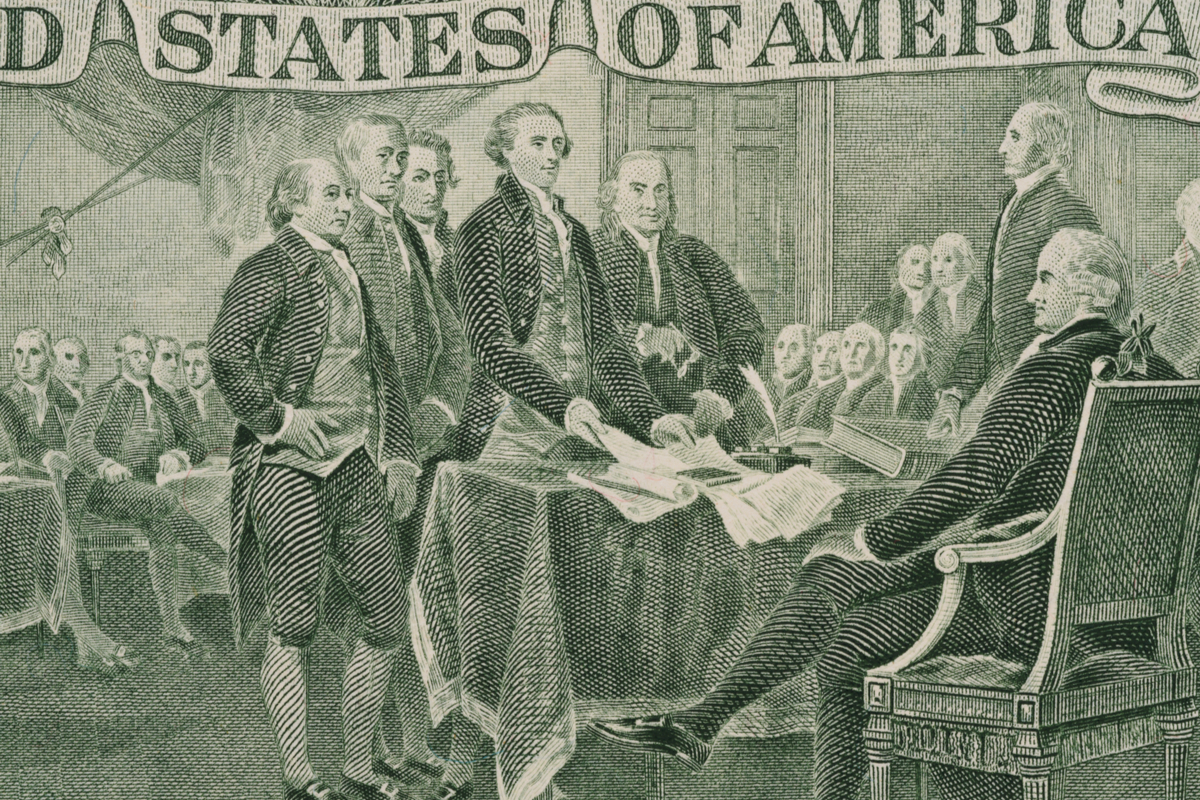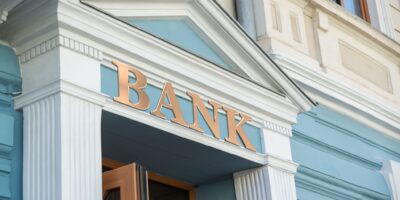The Fed Is Hereby Exposed as Wholly Political
Last week’s disappointing jobs number, as well as major downward revisions to the March and April job numbers, have led to a reassessment of economic conditions facing the United States. Historically, May and June’s employment numbers tend to show strong job growth even in weaker economies as college and high school graduates join the workforce and summer jobs begin to open and fill.
While the current economic expansion rivals the longest ever (roughly ten years), many believe that the trade war is beginning to take a toll on the U.S. economy; already, businesses are making changes to their operations to deal with the impact of tariffs, some of which will be difficult to reverse.
The bright side of this is that it has become impossible, even for staunch supporters of the Federal Reserve system, to assert their political neutrality. Consider the following chain of events:
-
In November 2018, the Fed signaled that it was primed to raise the Fed Funds rate in December 2018, and additionally stood ready to raise rates three more times in 2019. It also suggested that the so-called “neutral” rate — the rate at which the economy would neither contract or expand, was at roughly 3%;
-
In December 2018, the Fed did, in fact, raise the target rate for its benchmark funds rate, from 2.25% to 2.50%;
-
On February 4th, 2019 Fed Chairman Jerome Powell and Vice Chair Clarida met with the President and the Secretary of the Treasury at the White House for an informal (one presumes that means untranscribed) dinner;
-
On March 20th, 2019 the Fed Chairman announced that rate increases for the rest of 2019 would cease — a “major shift” in its stance from several months before;
-
Between April 3rd and May 5th, 2019, the U.S. and Chinese trade officials engaged in trade negotiations: first in Washington D.C., then in Beijing;
-
Between May 10th and June 1st, 2019, both the U.S. and China broadened the list of tariffed items, raised certain tariffs, and in a new level of escalation began targeting specific firms.
On June 4th — three days before the May employment numbers were released — the Fed indicated that it was considering a rate cut, even as rates had not yet reached levels deemed neutral. Thus, in a space of 167 days, the Federal Reserve not only ended their four-year rate normalization campaign but also indicated their openness to return to an easing bias.
I have previously chronicled the myriad times in which the Fed has succumbed to political pressure; nearly every President with the exception of Obama (and one must believe that if negative rates were part of the Fed armamentarium he’d have, too) has leaned on the Fed to lower rates at one time or another. With the exception of 2016, historically the Fed has been reticent to change rate targets in the lead-up to a national election — a pattern wholly inconsistent with randomness.
This is not the promulgation of a conspiracy theory. Rather, it confirms what a growing collection of pundits, even some who long resisted the view, have come to accept: that the Fed is a political body: not impervious from, but rather receptive to, government appeals.
In fact, the Fed is hyper-political: where run-of-the-mill politicians adhere to one particular party or ideological stance, the Fed shifts to respond to political pressure from both sides of the proverbial aisle, in this case willingly discarding centuries of vindicated economic theory to do so. Far from its mandate of orchestrating monetary policy with the goals of maintaining the purchasing power of the dollar and supporting full employment they are now visibly, wholly indisputably tailoring monetary policy to facilitate and support short-term political initiatives.
WIth tariffs raising prices, strains are already being seen in the US economy. American farmers are the most recent recipients of taxpayer-financed aid; if it weren’t for the havoc being wreaked by the US-initiated trade war, a closer look at the $12B aid package would be hilarious. Budget deficits (the current Administration’s is the highest on record) are financed by borrowing. And what nation finances a large portion of the US deficit? China. Add in that if the Fed lowers the Fed Funds rate, interest rates more broadly will fall; when bond yields fall, prices rise. Thus the tariffs will not only impoverish Americans both in terms of higher prices and receding overseas markets but will also (a) waste taxpayer dollars in unnecessary domestic bailouts while (b) and enriching overseas holders of Treasury bonds. Again, primarily: China.
Perhaps the current Administration believes that recent developments reveal a deeply vulnerable Chinese economy, which will bring them to the negotiating table faster; whether or not that is the bet being made, it looks much less like the application of the President’s self-professed negotiating skills than simple — and far from vindicated, as strategies go — opportunism.
But by supporting the President’s tariff war with a sudden, colossal shift to easy money policies the Fed is not only embracing its hyper-politicization, but partnering in the implementation of long-debunked economic theories and — in tremendous disservice to the American people, let alone it statutory requirements — insulating it from the realization (as previous generations have, usually painfully) that trade wars are neither “good” nor “easy to win”. But if there is a bright spot, it’s that the Fed has definitively exposed itself as a political body, less interested in economic growth and viability than in serving the interests of power.










